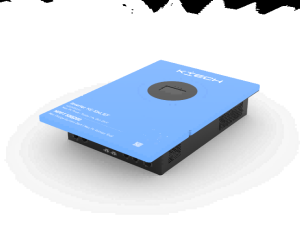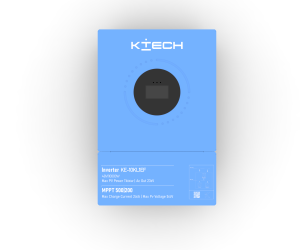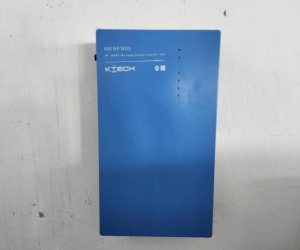马上注册,结交更多好友,享用更多功能,让你轻松玩转社区。
您需要 登录 才可以下载或查看,没有账号?Register
×
Microinverters have emerged as an important technology in the solar energy field. Here is an analysis of their advantages and disadvantages: Advantages: 1. High Efficiency and Performance Each microinverter is connected to a single solar panel, enabling independent maximum power point tracking (MPPT) for each panel. This means that even if some panels are shaded, dirty, or have different orientations, they can operate at their optimal power output, maximizing the overall energy generation efficiency of the solar system. 2. Enhanced System Reliability The modular design of microinverters makes the system more reliable. If one microinverter fails, it only affects the corresponding solar panel, while the other panels and inverters in the system can continue to operate normally. This significantly reduces the impact of component failures on the entire system's power generation. 3. Improved Safety Microinverters operate at a lower voltage (usually around 30~60 volts) compared to traditional string inverters. This lower voltage reduces the risk of electric shock and fire hazards, making the solar installation safer, especially in residential applications where safety is a top priority. 4. Flexible Installation and Layout They are not limited by the constraints of string inverter installations. Solar panels with microinverters can be installed in various configurations and locations, such as on different roof slopes or orientations. This flexibility allows for better utilization of available space and adaptation to the unique characteristics of the installation site. 5. Monitoring Capabilities Most microinverter systems come with advanced monitoring features. Each microinverter can transmit data about the performance of its associated solar panel, providing detailed information on energy production, panel health, and any potential issues. This enables real time monitoring and quick identification of problems, facilitating timely maintenance and optimizing the system's performance. Disadvantages: 1. Higher Cost Microinverters are generally more expensive than traditional string inverters. The additional cost comes from the complexity of the individual microinverter units and the need for more components. This higher initial investment may be a deterrent for some customers, especially those on a tight budget. 2. Heat Dissipation and Efficiency Reduction Microinverters are often installed close to the solar panels, which means they are exposed to the same environmental conditions. In high temperature environments, the heat dissipation of microinverters can be a challenge. If not properly managed, excessive heat can lead to a reduction in conversion efficiency and potentially shorten the lifespan of the inverters.
|  Key Technologies & Challenges of Off-gri1845 views#Default Forum
Key Technologies & Challenges of Off-gri1845 views#Default Forum Market Potential & Future Direction of O1625 views#Default Forum
Market Potential & Future Direction of O1625 views#Default Forum How to Install a Wall-Mounted Inverter1834 views#Default Forum
How to Install a Wall-Mounted Inverter1834 views#Default Forum How to Install a Wall Mount Battery1925 views#Default Forum
How to Install a Wall Mount Battery1925 views#Default Forum